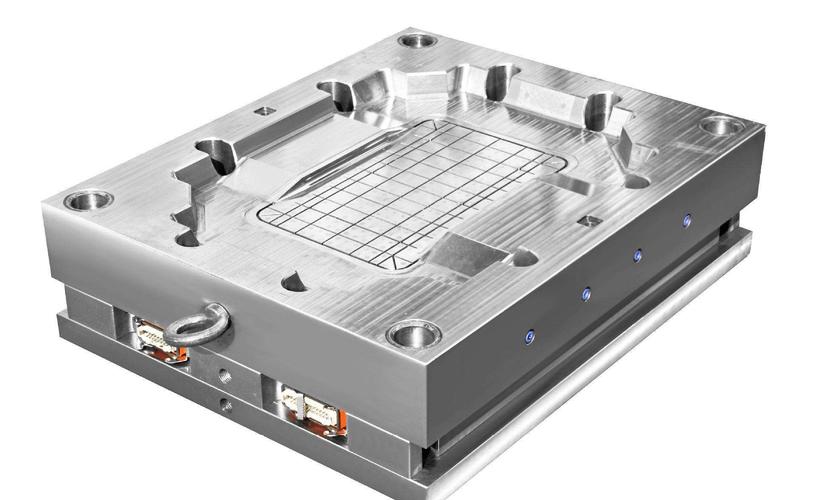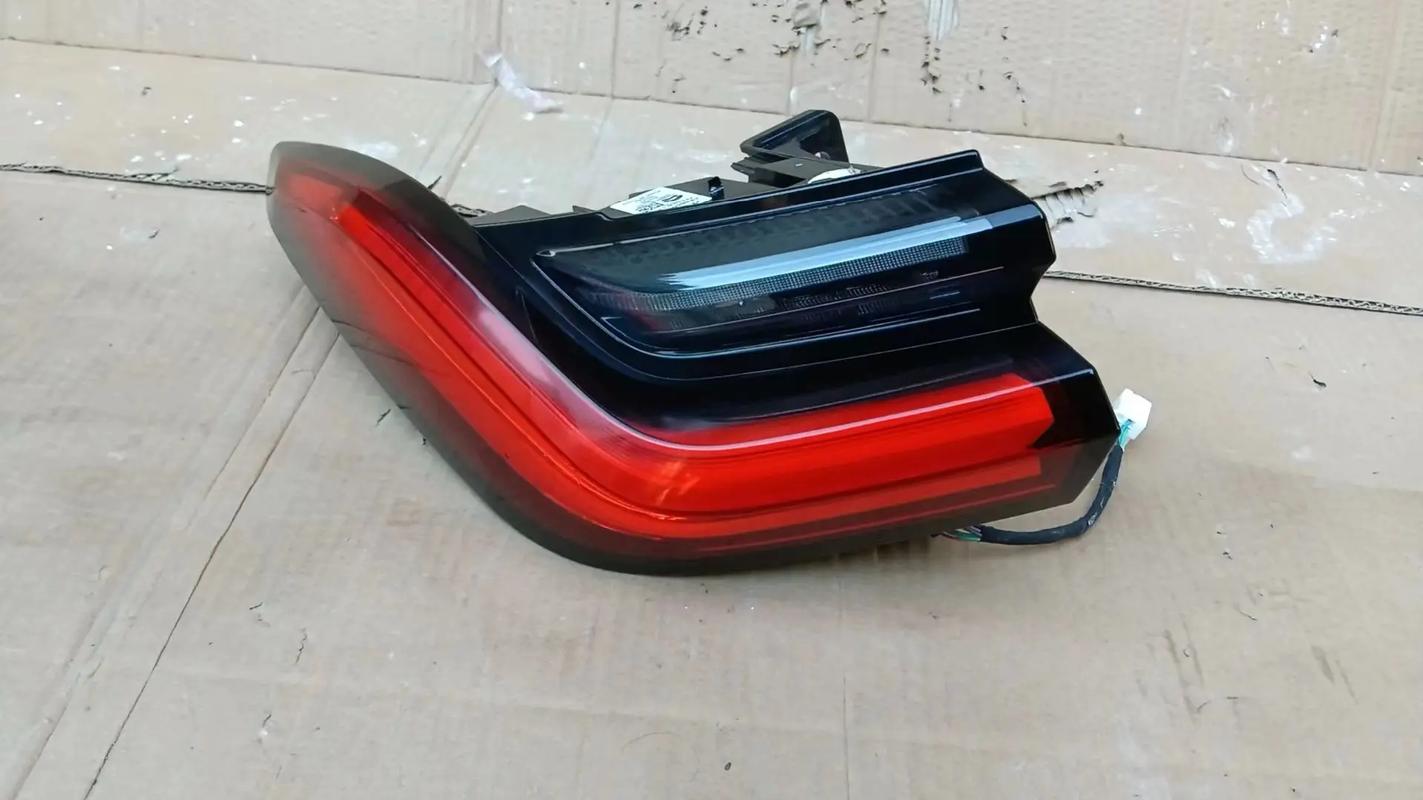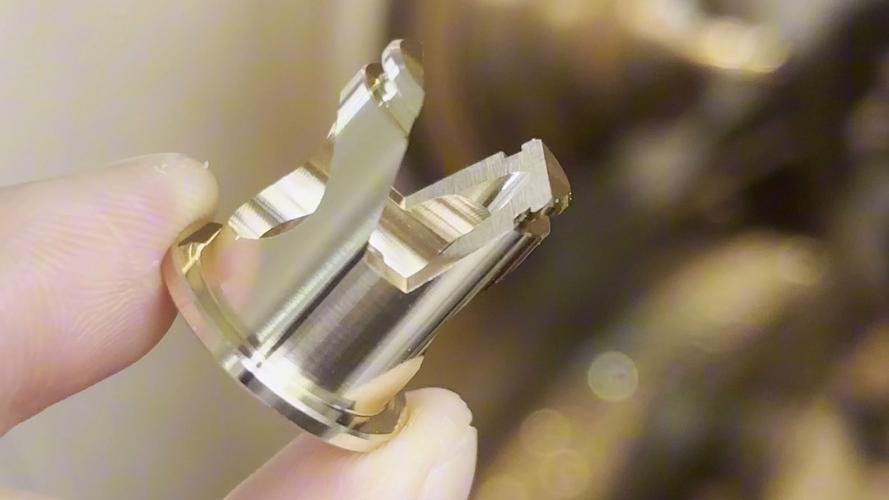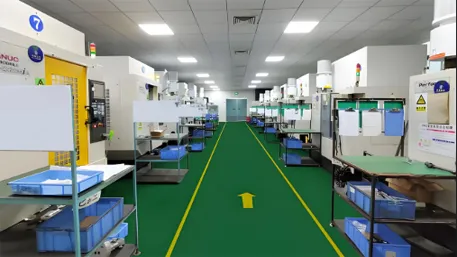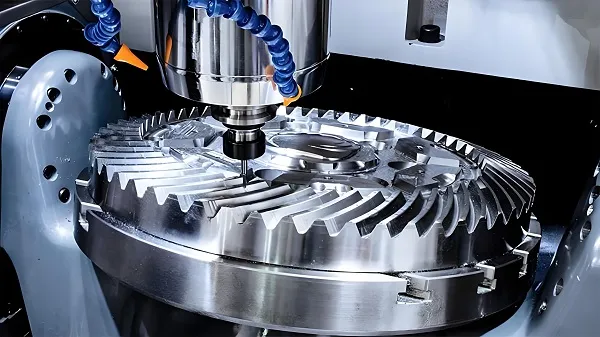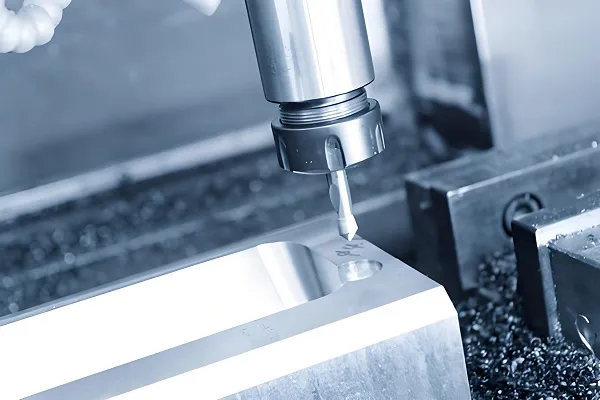In modern manufacturing, customized CNC machining services have become an important support for the production of precision parts due to their high precision, high efficiency, and flexibility. By leveraging advanced numerical control equipment and automated control systems, CNC machining can achieve the precise manufacturing of parts with complex structures and meet the needs of various industrial sectors for customized products. This article provides a detailed introduction to the principles, equipment, and technological processes of CNC machining, along with key technical data and relevant detailed descriptions. It concludes with answers to common technical questions.
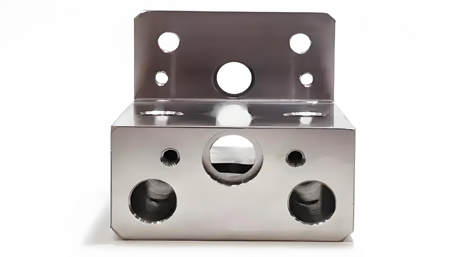
I. Principles and Processes of CNC Machining Technology
1. Generation of Numerical Control Programs and Process Planning
The core of CNC machining lies in converting a CAD (Computer – Aided Design) model into a CAM (Computer – Aided Manufacturing) program, namely G – code. This program contains the following parameters:
Spindle speed: Usually in the range of 500 – 12,000 revolutions per minute (RPM), depending on the hardness of the material and the type of cutting tool.
Feed rate: Commonly set at 100 – 1,000 millimeters per minute to ensure cutting stability and surface finish.
Cutting depth: The single – pass cutting thickness is generally 0.1 – 1 millimeter, and can be as low as 0.05 millimeter during finishing to ensure high precision.
Through efficient CAD/CAM software, the generated program can accurately control the movement trajectory of the machine tool’s cutting tool, ensuring that the geometric shape of the part is consistent with the design requirements.
2. Tool Movement and Automated Control
The numerical control system drives the cutting tool to move along the X, Y, and Z axes through high – precision servo motors and stepper motors. The typical accuracy indicators of the equipment are as follows:
Repeat positioning accuracy: Usually can reach ±0.005 mm to ±0.01 mm.
Resolution: The minimum controllable step distance can be less than 0.001 mm.
Tool life: Depending on the machining material and cutting parameters, optimizing the cutting parameters can extend the tool life by 10% – 30%.
The optimization of the tool path and intelligent control algorithms can reduce tool marks and machining errors. Especially on multi – axis 联动设备 (multi – axis simultaneous – motion equipment), through four – axis or five – axis simultaneous machining, continuous machining of complex surfaces can be achieved, significantly improving machining accuracy and surface quality.
3. Key Machining Processes
CNC machining processes are selected according to the characteristics of the parts and the properties of the materials:
Turning: Suitable for cylindrical and rotationally symmetric parts. The accuracy can reach ±0.01 mm, and the surface roughness Ra is between 0.4 – 1.6 micrometers.
Milling: Widely used in planar and surface machining. Multi – axis simultaneous milling can achieve complex shapes, and the general accuracy range is ±0.005 – ±0.02 mm.
Drilling and tapping: Used for hole processing and internal thread making. High – precision requirements are needed, and the hole diameter error is controlled within ±0.02 mm.
Electrical Discharge Machining (EDM): Suitable for high – hardness materials and difficult – to – machine metals. The accuracy can reach ±0.01 mm and is often used in mold manufacturing.
II. CNC Equipment and Quality Control
1. Main Equipment and Parameters
CNC milling machine: The processing range is usually from 500×500×500 mm to 2000×1000×800 mm. The maximum spindle speed can reach 12,000 RPM, and the machining accuracy is generally around ±0.01 mm.
CNC lathe: Used for high – precision shaft – type part processing. The processing diameter range can reach more than 300 mm, and the accuracy is controlled within ±0.005 mm.
Multi – axis simultaneous machining center: The typical worktable size can reach 1000×600 mm. When processing complex parts, it can achieve a repeat positioning accuracy of ±0.005 mm.
EDM equipment: The main parameters include a discharge gap control of 0.002 – 0.005 mm, suitable for processing high – hardness and high – melting – point materials.
2. On – line Monitoring and Quality Inspection
The real – time monitoring system uses a laser interferometer and a numerical control probe to monitor the machining process and achieve dynamic correction. Typical system parameters:
Temperature compensation range: Automatically adjusts for errors caused by machine tool thermal deformation, keeping the machining error within ±0.01 mm.
On – line inspection frequency: A comprehensive inspection is carried out every 5000 machining cycles to ensure stability and consistency.
The post – processing steps (such as deburring, polishing, heat treatment) are also completed by automated equipment to ensure that the product meets the final quality requirements.
III. Intelligent Manufacturing and Future Development
1. Digital Twin and Virtual Simulation
Through digital twin technology, the actual machine tool is linked with its virtual model to achieve virtual simulation and real – time monitoring. Data feedback enables the adaptive adjustment of machining parameters, further improving machining efficiency and product quality.
2. Internet of Things and Big Data Applications
After integrating Internet of Things (IoT) technology, the equipment can collect real – time data through sensors. Big data analysis is used to optimize production scheduling and maintenance plans. Key indicators such as equipment running time, tool wear rate, and machining error are monitored through data to achieve accurate prediction and preventive maintenance.
IV. Frequently Asked Questions and Answers
The following lists some common technical questions in the process of customized CNC machining, along with detailed answers:
1. How to determine the optimal cutting parameters?
Answer: Cutting parameters (spindle speed, feed rate, cutting depth) depend on the material properties, tool material, and machining requirements. Through trial – cutting and data analysis, the optimal parameters that balance machining efficiency and tool life can be determined. It is generally recommended to start with an initial setting and then adjust gradually to obtain the best results.
2. How to ensure the positioning accuracy of multi – axis machining?
Answer: The accuracy of multi – axis simultaneous machining depends on the machine tool’s mechanical structure, transmission system, and the feedback mechanism of the numerical control system. By calibrating with a laser interferometer, conducting regular maintenance, and using a high – precision servo system, the repeat positioning accuracy can be controlled within the range of ±0.005 to ±0.01 mm.
3. How to deal with the problem of machine tool thermal deformation?
Answer: During long – term operation, the machine tool will generate thermal deformation due to heat accumulation. Using temperature sensors to monitor the machine tool temperature and combining with a thermal compensation algorithm to automatically adjust the cutting path can effectively reduce the machining error caused by thermal deformation.
4. How to achieve continuous machining of complex surfaces?
Answer: By using a four – axis or five – axis simultaneous machining center and combining with advanced CAM software for tool – path planning, continuous machining of complex surfaces can be achieved. Reasonable tool selection and dynamic feed control are the keys to ensuring high – quality machining.
5. How to improve tool life and machining efficiency?
Answer: The improvement of tool life and machining efficiency depends on reasonable cutting parameters, high – quality tool materials, and an appropriate cooling and lubrication system. Real – time monitoring of tool wear and regular tool replacement, as well as optimizing the cutting path, all contribute to extending the tool service life and improving production efficiency.
6. How to ensure the consistency of customized machined parts?
Answer: By establishing a strict quality management system and an on – line inspection system, errors in the machining process can be monitored in real – time, and product consistency can be ensured through an automatic correction function. Data records during the production process can also be used as a basis for subsequent traceability and quality improvement.
This technical article provides a comprehensive overview of the core principles, equipment parameters, technological processes, and intelligent manufacturing technologies of customized CNC machining services. Through detailed descriptions of key technical data and machining details, it provides a reference for engineering and technical personnel to deeply understand CNC machining technology. At the same time, it systematically answers common technical questions, providing ideas and guidance for subsequent process optimization and technological improvement.

